 推荐消息更多>>
推荐消息更多>>负压气力输送功率与能耗关系探析
- 来源:https://www.sdxinlujx.com/ 日期:2025-07-23 发布人:创始人
负压气力输送作为一种高效的物料输送方式,广泛应用于粮食加工、矿产开采、化工生产等领域,其核心是通过风机产生的负压将物料沿管道输送至目的地。功率与能耗作为该系统运行的关键指标,二者既相互关联又存在制约,理解其内在关系对优化系统设计、降低运行成本具有重要意义。
Negative pressure pneumatic conveying, as an efficient material conveying method, is widely used in fields such as grain processing, mineral mining, and chemical production. Its core is to transport materials along pipelines to their destination through negative pressure generated by fans. Power and energy consumption are key indicators for the operation of the system, and they are both interrelated and constrained. Understanding their inherent relationship is of great significance for optimizing system design and reducing operating costs.
功率是负压气力输送系统的动力基础,直接决定输送能力与效率。系统功率主要由风机功率主导,风机通过消耗电能产生负压,形成管道内的气流速度(通常在 10-30 米 / 秒),气流速度越高,携带物料的能力越强,单位时间内的输送量越大(如粮食输送量可从每小时 5 吨提升至 20 吨)。但风机功率并非越大越好,功率选择需与输送物料的特性(如颗粒大小、密度、流动性)相匹配:输送细颗粒物料(如面粉、水泥)时,较低功率即可形成足够气流速度;输送粗颗粒或高密度物料(如矿石、 gravel)则需较高功率,以避免物料在管道内沉积堵塞。此外,管道直径、长度与弯头数量也会影响所需功率,管道越长、弯头越多,气流阻力越大,需相应提高风机功率以维持有效输送速度,否则会因动力不足导致输送中断。
Power is the power foundation of negative pressure pneumatic conveying systems, directly determining conveying capacity and efficiency. The system power is mainly dominated by the fan power. The fan generates negative pressure by consuming electrical energy, forming an airflow velocity in the pipeline (usually 10-30 meters/second). The higher the airflow velocity, the stronger the ability to carry materials, and the larger the conveying capacity per unit time (such as increasing the grain conveying capacity from 5 tons per hour to 20 tons per hour). But the higher the fan power, the better. The power selection needs to match the characteristics of the conveyed material (such as particle size, density, and flowability): when conveying fine particle materials (such as flour and cement), lower power can form sufficient airflow velocity; Transporting coarse particles or high-density materials (such as ore and gravel) requires higher power to avoid material sedimentation and blockage in the pipeline. In addition, the diameter, length, and number of bends of the pipeline also affect the required power. The longer the pipeline and the more bends there are, the greater the airflow resistance. Therefore, it is necessary to increase the fan power accordingly to maintain the effective conveying speed, otherwise the conveying may be interrupted due to insufficient power.
能耗是系统运行成本的直接体现,其高低与功率配置、运行参数密切相关。在理想状态下,能耗与功率呈正相关 —— 功率越大,单位时间内消耗的电能越多(如 55 千瓦的风机每小时耗电量约 55 度,110 千瓦的风机则约 110 度)。但实际运行中,能耗还受输送效率影响,当功率与输送需求不匹配时,会出现 “大马拉小车” 的浪费现象:例如,用 110 千瓦的风机输送少量细颗粒物料,虽能完成输送,但实际所需功率仅需 55 千瓦,多余的功率会转化为无效能耗,导致单位物料的能耗翻倍。反之,功率不足时,系统需延长运行时间才能完成既定输送量,总能耗可能更高,同时频繁的启停(因堵塞被迫停机)也会增加能耗,还会缩短设备寿命。
Energy consumption is a direct reflection of system operating costs, and its level is closely related to power configuration and operating parameters. In an ideal state, energy consumption is positively correlated with power - the higher the power, the more electricity is consumed per unit time (for example, a 55 kW wind turbine consumes about 55 kWh per hour, while a 110 kW wind turbine consumes about 110 kWh). However, in actual operation, energy consumption is also affected by conveying efficiency. When the power does not match the conveying demand, there will be a waste phenomenon of "big horse pulling small car": for example, using a 110 kW fan to transport a small amount of fine particle materials, although it can complete the conveying, the actual required power is only 55 kW, and the excess power will be converted into ineffective energy consumption, resulting in a doubling of the energy consumption per unit of material. On the contrary, when the power is insufficient, the system needs to extend the operating time to complete the predetermined delivery volume, and the total energy consumption may be higher. At the same time, frequent start stop (forced to stop due to blockage) will also increase energy consumption and shorten equipment life.

功率与能耗的平衡需通过优化运行参数实现。气流速度是关键调节变量,对于特定物料,存在一个经济流速(如输送稻谷的经济流速约 18-22 米 / 秒),低于该流速易堵塞,高于则能耗激增。通过变频技术调节风机转速,可使气流速度稳定在经济区间,当输送量波动时(如从每小时 10 吨降至 5 吨),降低转速减少功率输出,能耗随之按比例下降(转速降低 10%,功率约下降 27%,能耗同步减少)。管道设计的合理性也影响功率与能耗的平衡,采用大直径管道可降低气流阻力,在相同输送量下所需功率更小,长期运行的能耗优势明显,尤其对于长距离输送(如超过 100 米),大直径管道的节能效果可达 20%-30%。此外,减少弯头数量、优化弯头角度(如采用 1.5 倍直径的缓弯替代直角弯),能降低局部阻力,减少功率损耗,间接降低能耗。
The balance between power and energy consumption needs to be achieved by optimizing operating parameters. Airflow velocity is a key regulating variable, and for specific materials, there exists an economic flow rate (such as the economic flow rate for transporting rice, which is about 18-22 meters per second). If the flow rate is lower than this, it is prone to blockage, and if it is higher than this, energy consumption will increase sharply. By adjusting the fan speed through frequency conversion technology, the airflow speed can be stabilized within the economic range. When the conveying volume fluctuates (such as from 10 tons per hour to 5 tons), reducing the speed reduces the power output, and the energy consumption decreases proportionally (by reducing the speed by 10%, the power decreases by about 27%, and the energy consumption decreases synchronously). The rationality of pipeline design also affects the balance between power and energy consumption. Using large-diameter pipelines can reduce air flow resistance, require less power under the same conveying capacity, and have significant energy consumption advantages for long-term operation. Especially for long-distance conveying (such as over 100 meters), the energy saving effect of large-diameter pipelines can reach 20% -30%. In addition, reducing the number of bends and optimizing the bend angle (such as using a 1.5 times diameter gentle bend instead of a right angle bend) can reduce local resistance, decrease power loss, and indirectly reduce energy consumption.
物料特性对功率与能耗的关系具有显著影响。输送松散物料(如塑料颗粒)时,物料与管道的摩擦阻力小,相同功率下能耗更低,且不易堵塞,系统可在较高功率下稳定运行,单位能耗保持在较低水平。黏附性强的物料(如面粉、滑石粉)易在管道内壁堆积,增加气流阻力,为维持输送速度需提高功率,同时需频繁清理管道,清理过程中的停机与启动会额外消耗电能,导致总能耗上升。物料湿度也是重要因素,潮湿物料(含水率超过 10%)易结块,流动性能差,所需输送功率比干燥物料高 30%-50%,且结块堵塞管道的概率增加,进一步推高能耗。因此,针对不同物料特性调整功率配置,是平衡输送效率与能耗的前提。
The material characteristics have a significant impact on the relationship between power and energy consumption. When conveying loose materials (such as plastic particles), the friction resistance between the material and the pipeline is small, the energy consumption is lower at the same power, and it is not easy to block. The system can operate stably at higher power, and the unit energy consumption is maintained at a lower level. Materials with strong adhesion, such as flour and talcum powder, are prone to accumulate on the inner walls of pipelines, increasing airflow resistance. To maintain conveying speed, it is necessary to increase power and frequently clean the pipelines. The shutdown and start-up during the cleaning process will consume additional electrical energy, resulting in an increase in total energy consumption. The humidity of materials is also an important factor. Wet materials (with a moisture content exceeding 10%) are prone to clumping, have poor flowability, require 30% -50% higher conveying power than dry materials, and have an increased probability of clumping and blocking pipelines, further increasing energy consumption. Therefore, adjusting power configuration based on different material characteristics is a prerequisite for balancing conveying efficiency and energy consumption.
本文由负压气力输送友情奉献.更多有关的知识请点击:https://www.sdxinlujx.com我们将会对您提出的疑问进行详细的解答,欢迎您登录网站留言.
This article is a friendly contribution from Roots blower For more information, please click: https://www.sdxinlujx.com We will provide detailed answers to your questions. You are welcome to log in to our website and leave a messag
- 上一篇: 分享罗茨鼓风机购买的技巧
- 下一篇: 罗茨鼓风机选型的要点解析
Related news相关新闻
- 2025-10-25磁悬浮鼓风机:节能环保高效的气体输送设备
- 2025-10-24气力输送系统输送时物料易破碎怎么办?
- 2025-10-23旋转供料器在粉体输送中发挥中锁风下料、定量吹送的作用
- 2025-10-22仓泵在气力输送“心脏”中,扮演着重要角色
- 2025-10-21负压气力输送适合输送哪些类型的物料?
- 2025-10-20安全使用高压罗茨鼓风机必须要注意的8个方面
- 2025-10-18三叶罗茨风机经过频繁检修后,整理的常见故障原因和解决方法
- 2025-10-17高压罗茨鼓风机节能省电的方法和运行中的摩擦原因
- 2025-10-16高压罗茨风机 VS 离心风机,区别有哪些?
- 2025-10-15高压罗茨风机的产品介绍和适用场景


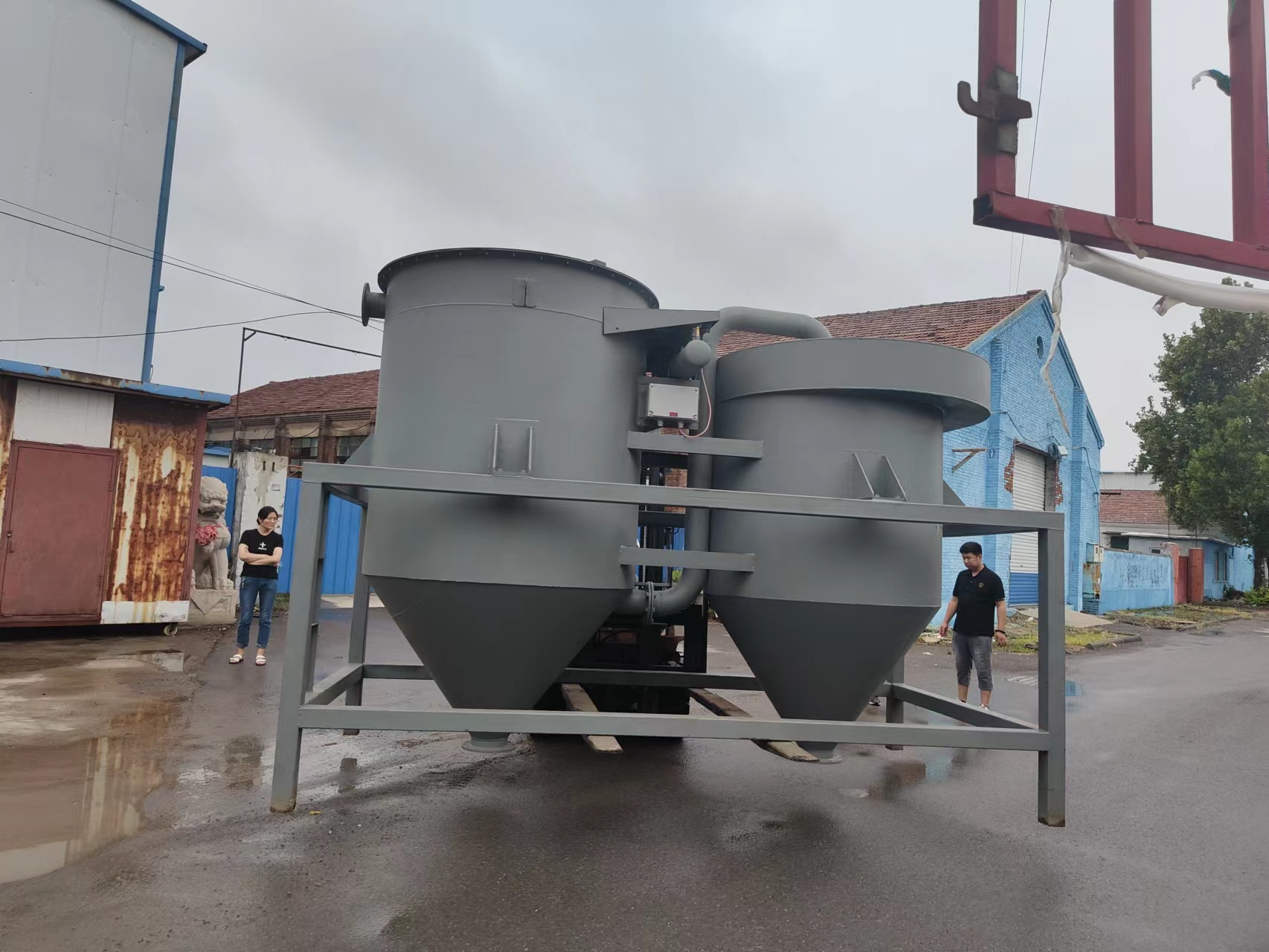
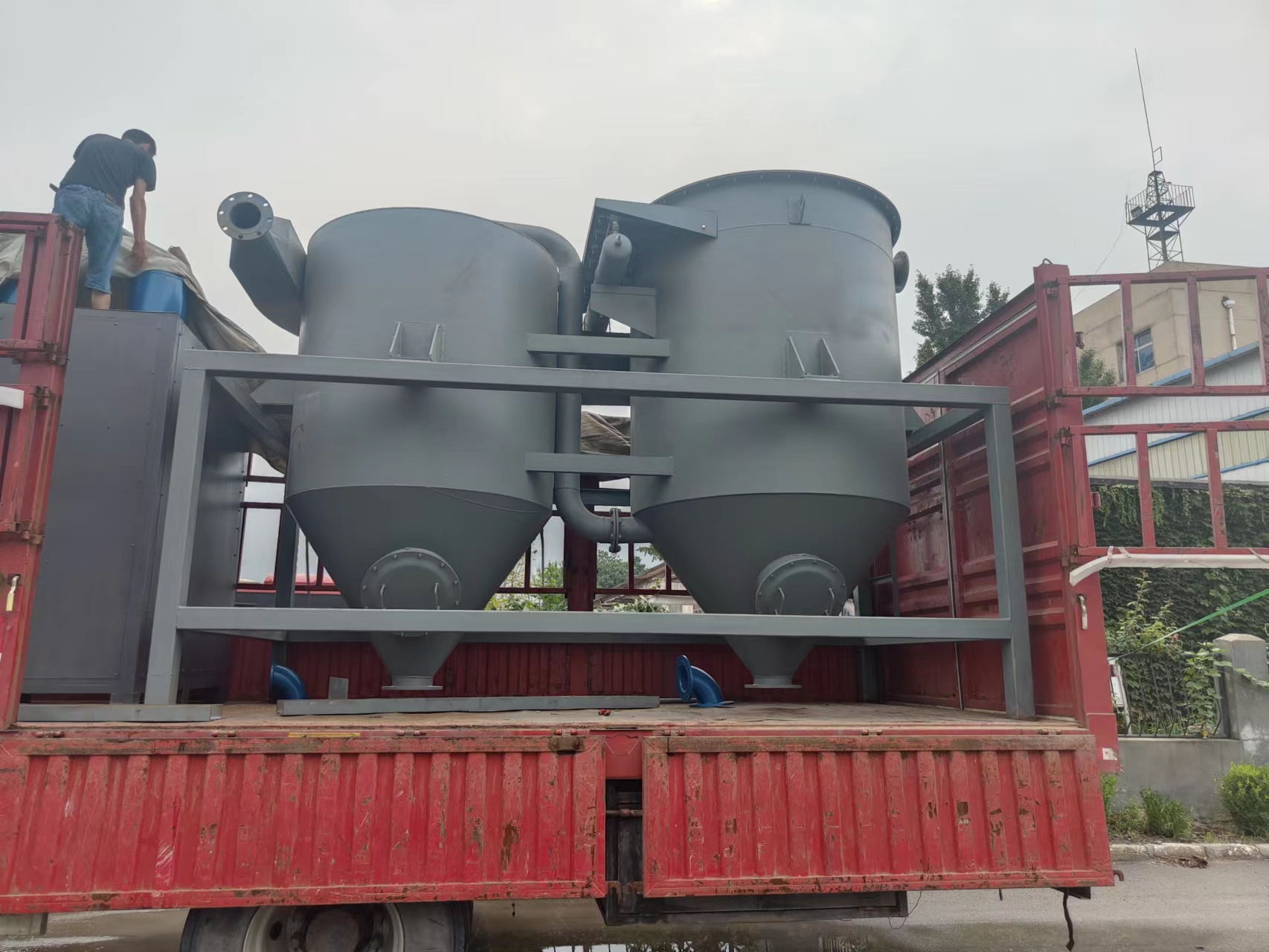
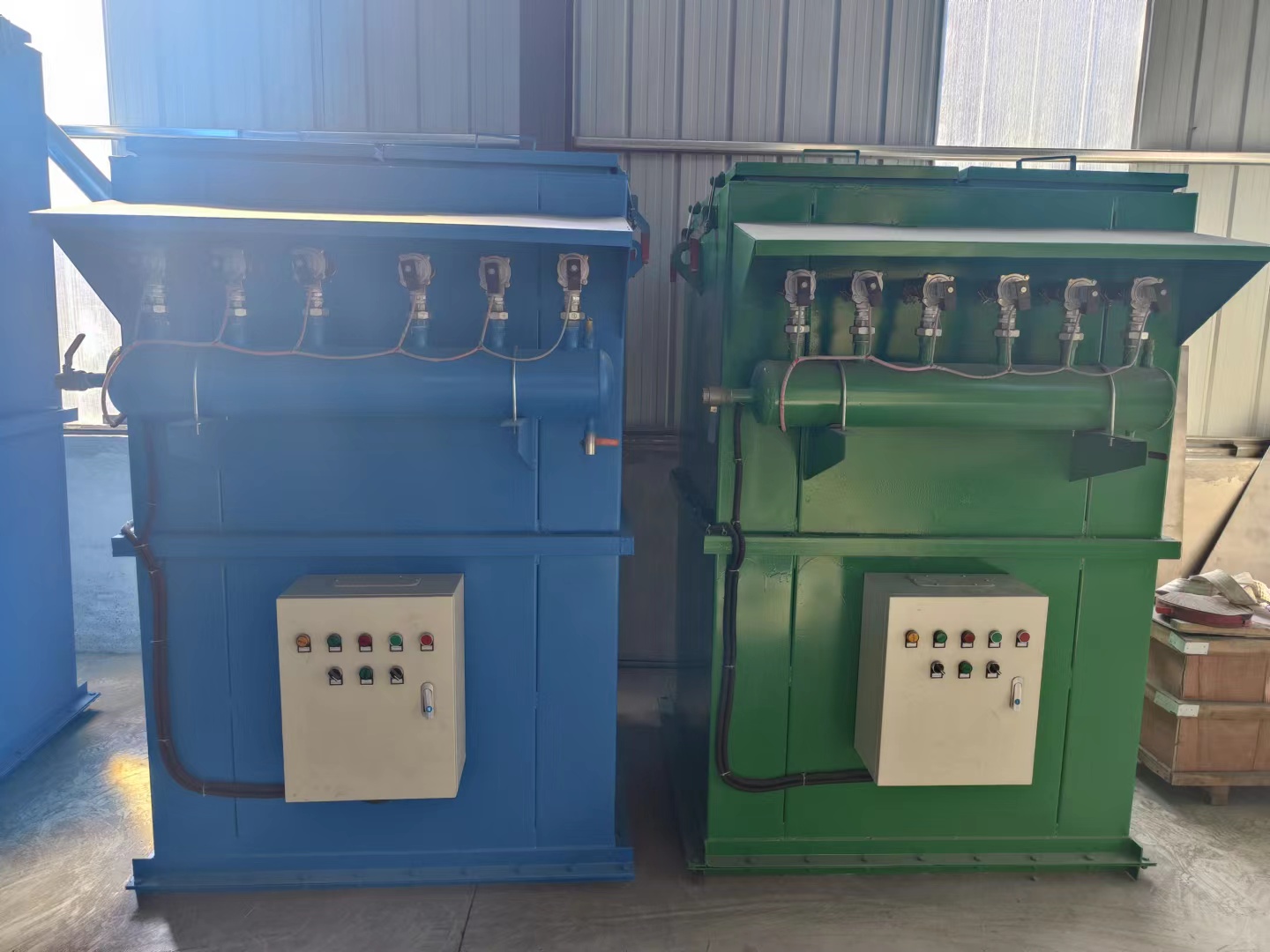
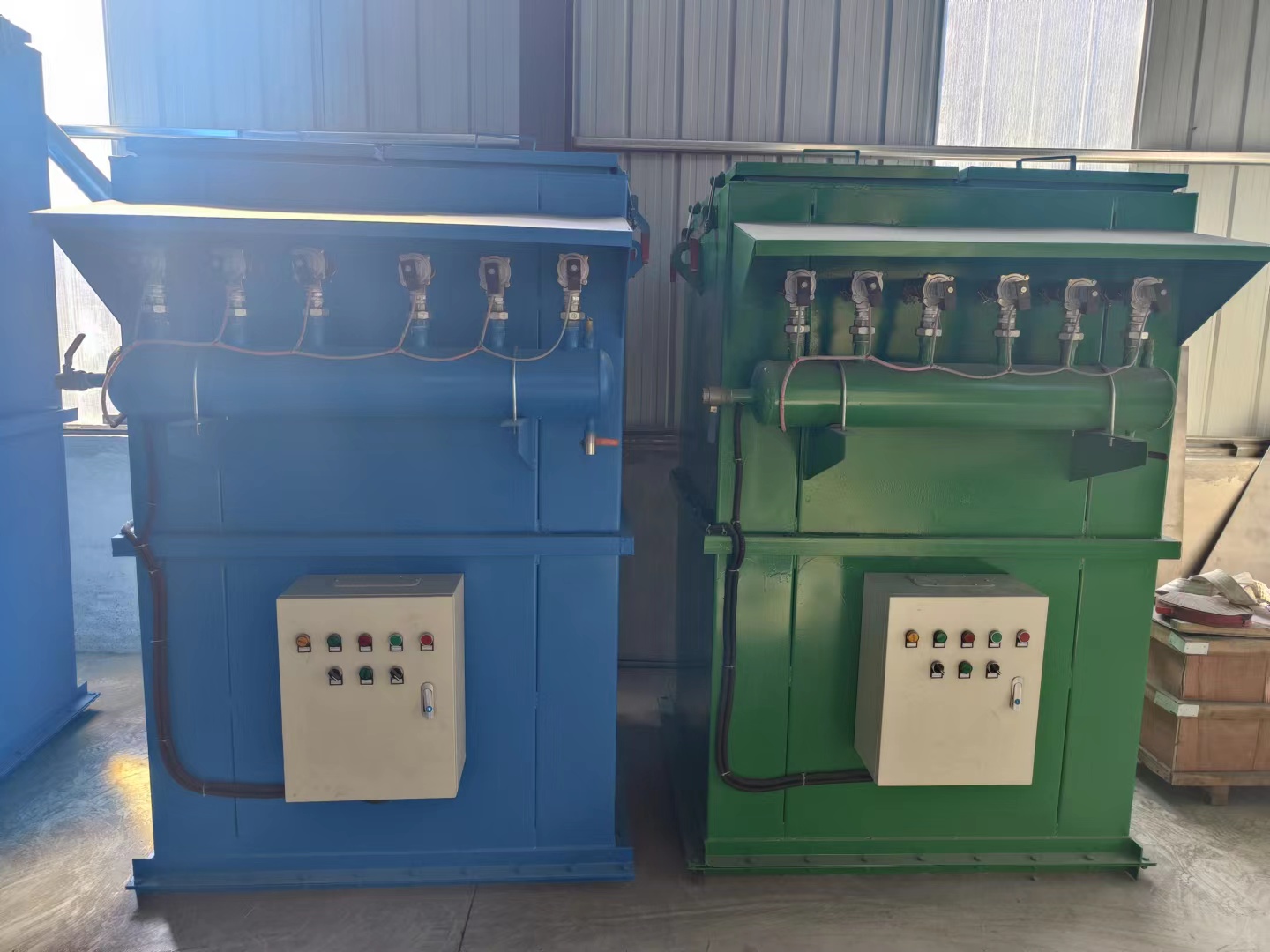
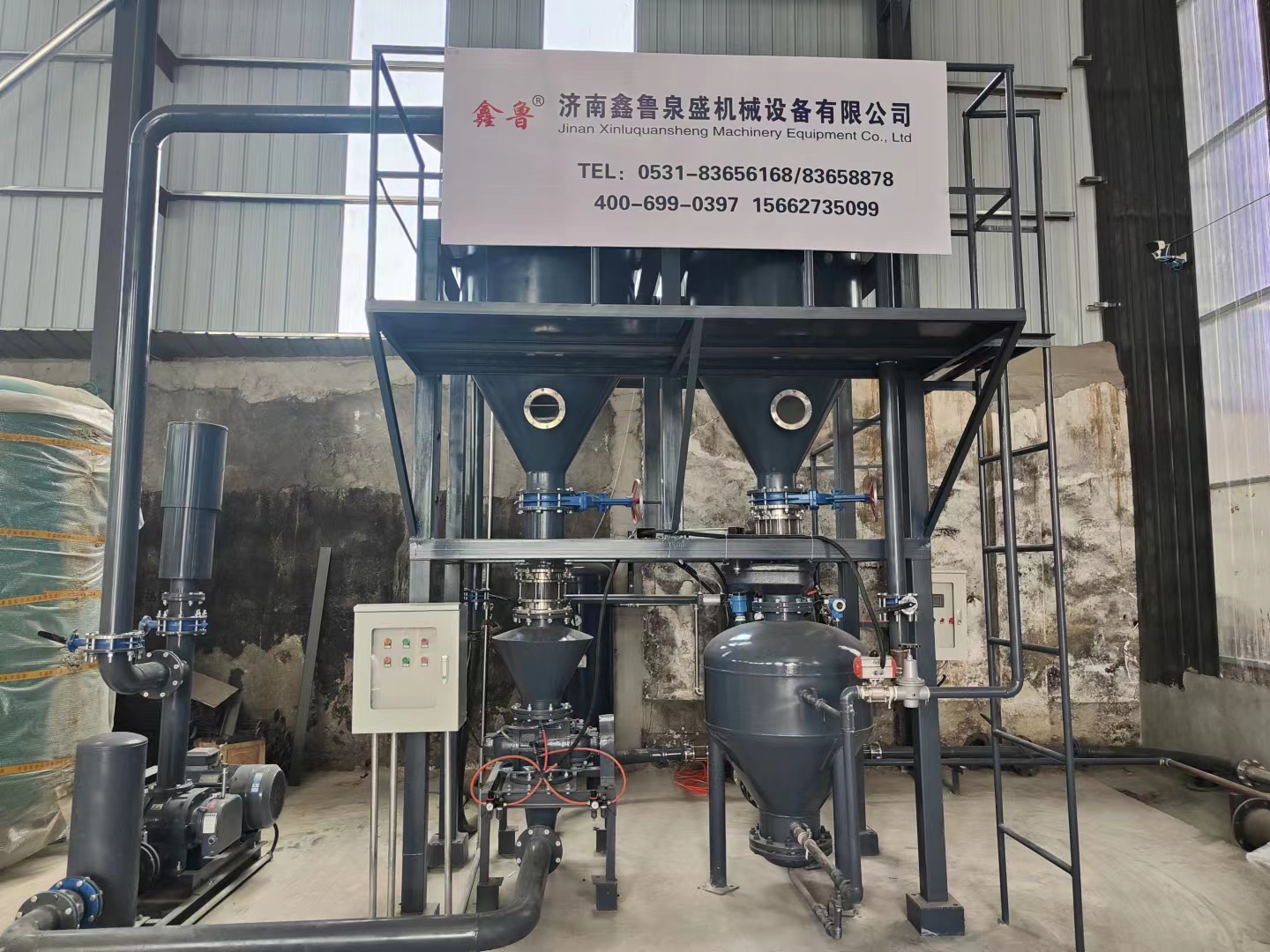
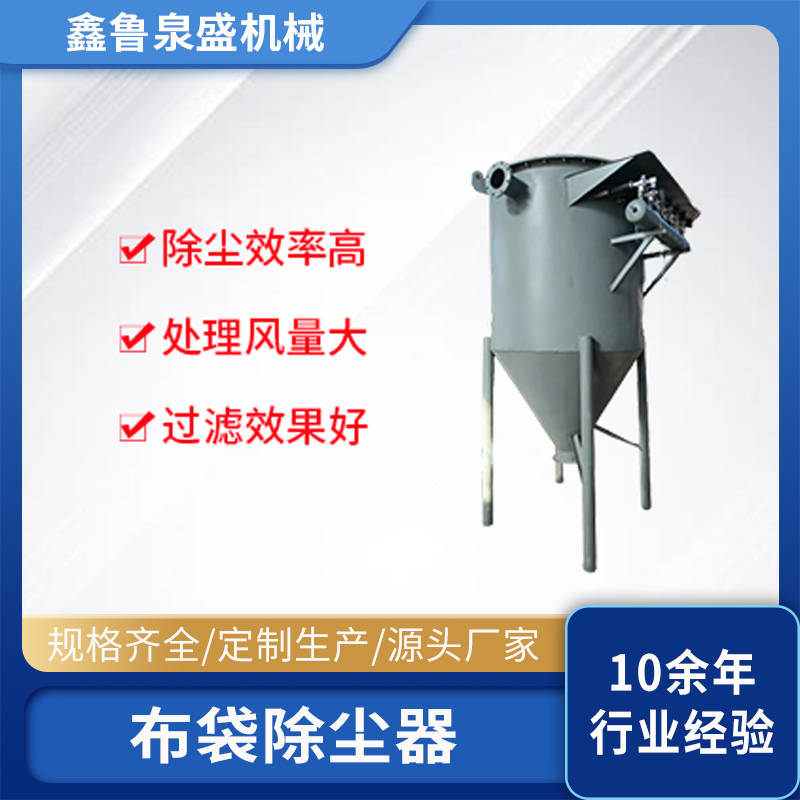
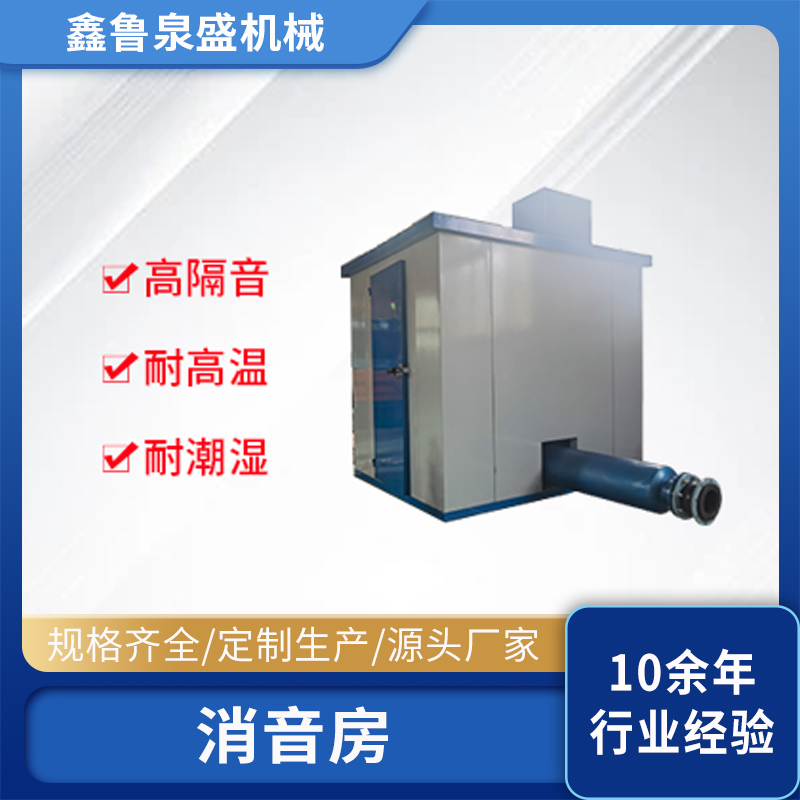
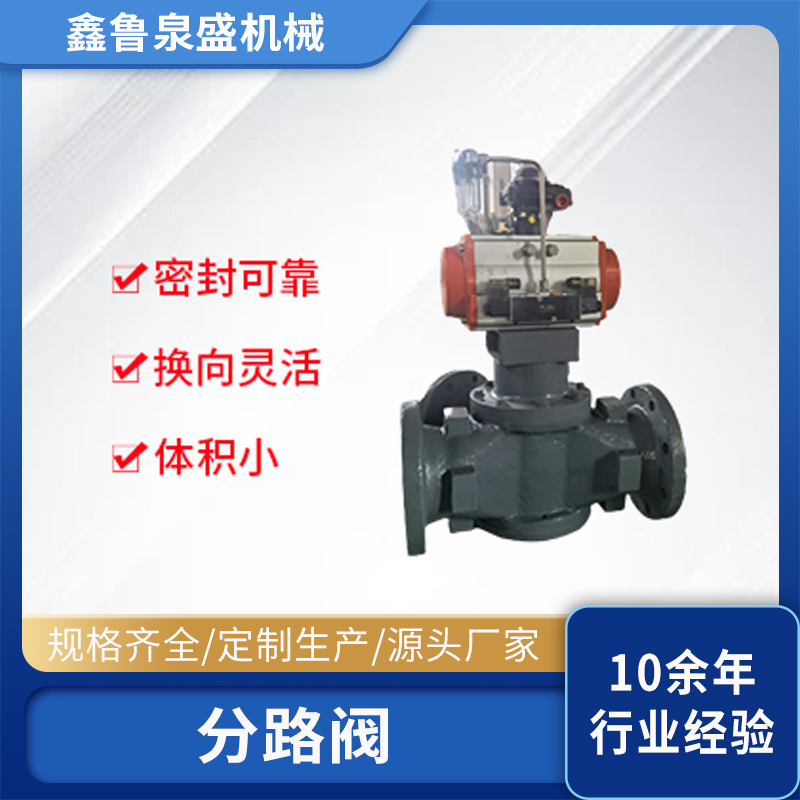
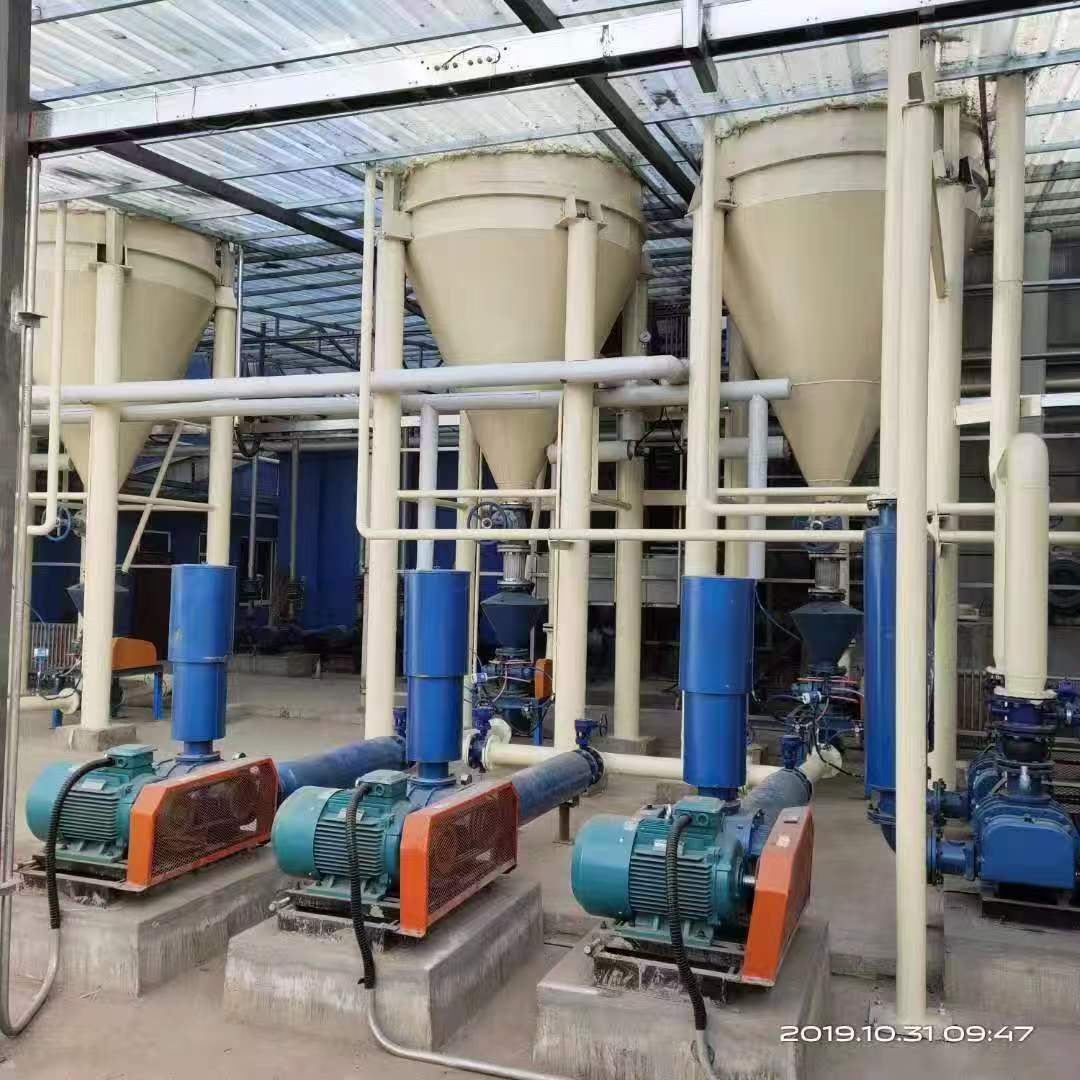
 扫码微信沟通
扫码微信沟通